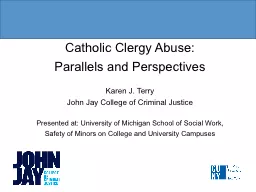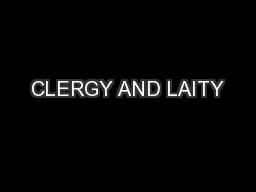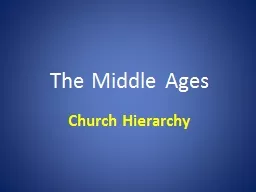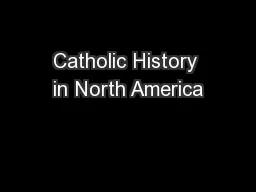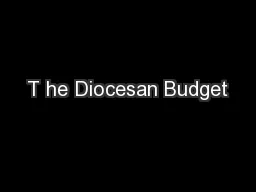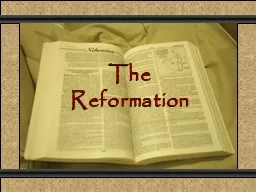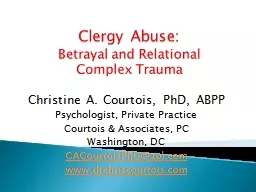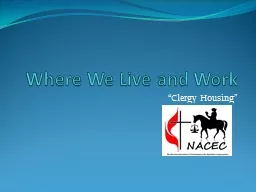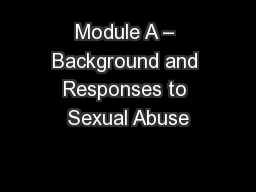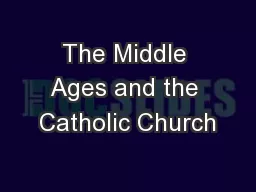PPT-Catholic Clergy Abuse:
Author : pamella-moone | Published Date : 2015-10-16
Parallels and Perspectives Karen J Terry John Jay College of Criminal Justice Presented at University of Michigan School of Social Work Safety of Minors on College
Presentation Embed Code
Download Presentation
Download Presentation The PPT/PDF document "Catholic Clergy Abuse:" is the property of its rightful owner. Permission is granted to download and print the materials on this website for personal, non-commercial use only, and to display it on your personal computer provided you do not modify the materials and that you retain all copyright notices contained in the materials. By downloading content from our website, you accept the terms of this agreement.
Catholic Clergy Abuse:: Transcript
Download Rules Of Document
"Catholic Clergy Abuse:"The content belongs to its owner. You may download and print it for personal use, without modification, and keep all copyright notices. By downloading, you agree to these terms.
Related Documents

